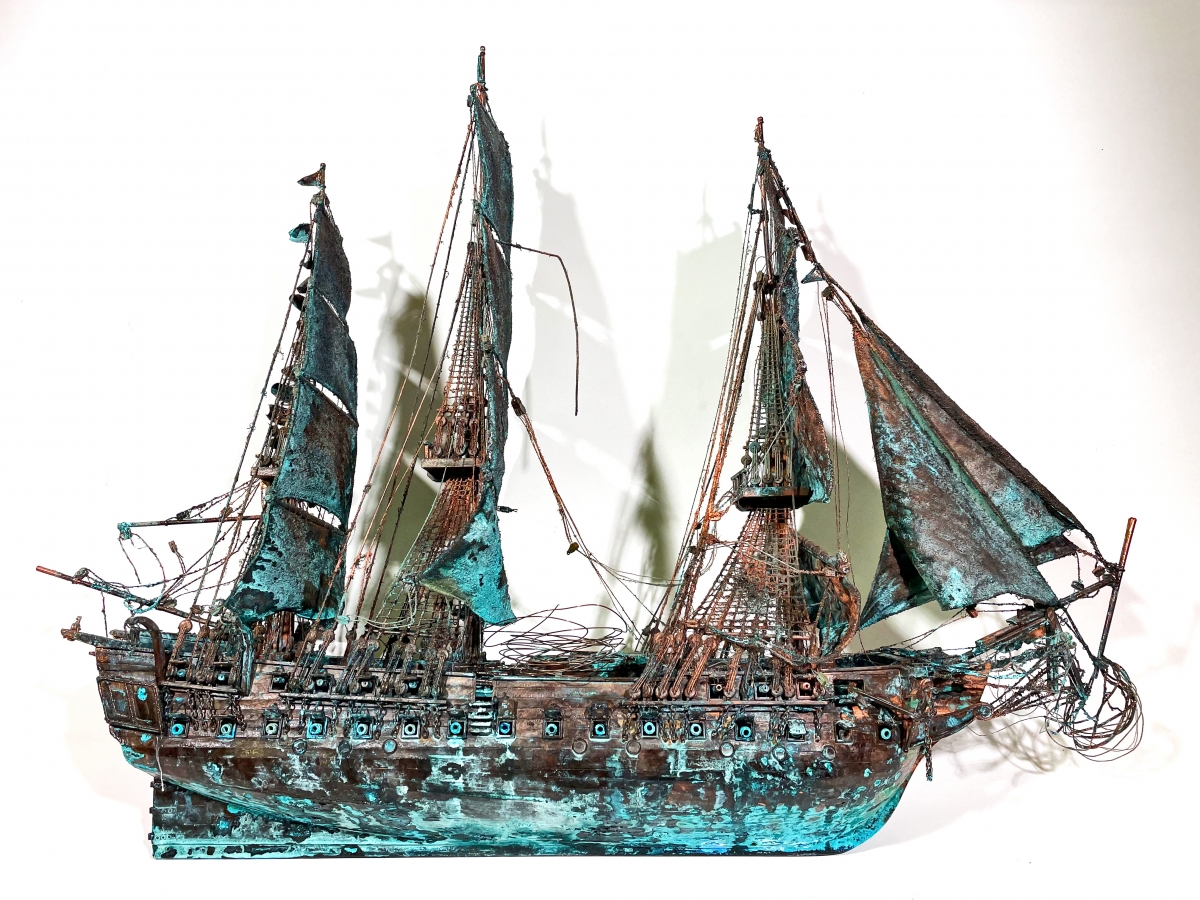
Once upon a time, in one go. This is the way to read fables: without pauses, voraciously and desiring to reach the end in order to learn their developments. Once, what has happened; now, what we are living. Past and present. Continuity and short circuit. Cyclic nature and story. Stories? I love writing, reading and inspecting both real and imaginary occurrences. The narration is extraordinary description of episodes presented to readers, listeners or viewers who pay attention to the creator invention and crave the realisation of an unknown or hardly imagined finale. In classical Greece, theatrical representations were not only exhibitions, but also religious ceremonies, taking place in Athens during the celebration of Dionysus. Tragedy, comedy and satirical drama pictured the spirit of the Greeks, led by the desire to obtain a balance achievable only through Fate. History is the theatre of the human action and, on this stage, there is no distinction between past and present. The individual, constantly immersed in the society with which he or she confronts and collides, becomes aware of him or herself through the connection and creates an almost bizarre narration. Since the time of Thespis, creator of tragedy, the mask has always allowed the audience to immediately detect the character on stage by markedly reproducing his or her features. Here is prompt recognition ability and mimesis of reality, both necessary to the person. In ancient Greece the term Prósôpon, which lays in the Latin word persona, defined both the mask and the masked character, and it represents the singularity of every individual. Fabrizio Cotognini tells such stories. I have always imagined that he was immerged in deep research of the antiquity masks and devoted to a past time which he brings on the contemporary art stage carefully and with great attention. He proposes episodes which attract the observer from their first shaping sign: delicate and violent at the same time, aleatory but still deeply engraved in the paper. This trait, like the prósôpon, reports the past and encages it to let the observers satisfy their own strong urge to watch. The spatio-temporal transfer put in place brings us to reconsider and reflect about the present, evaluating how much that mimesis of the reality, so dear to the theatre, catches us in an endless circularity. The swing from Thespis to Artaud leads us into the feeling of an interior inconvenience and of an agitation due to the vision. This time, the past of this surreal world comes back dirtied by the bright red which emerges from the drawing, distances us from every temporary perception, stuns us and carries us into the work. This is what Cotognini does, this is his will: a transfer into the trait and a recognition of the human being in those details over the four-dimension structure of the universe. He becomes director of the absurd, reevaluator of past time icons in which there is no identification now because he tells them; as does the shaman in front of the fire, red and crackling of the same purplish colour used by the artist. The mask disappears, the representation is a mean to deal with the hic et nunc. Architectures, projections, geometries, figures and words mention visual memories through an intimate research which wants to tell another reality. Stories and sense cling to each other on the paper and define a sometimes-terrifying beauty, the fil rouge of today dance of life. Without hesitation and fears the past does not come back, it already exists in regions belonging to everyone. The drawing captures and analyses the events narrated by these territories, and it creates a stage which becomes mirror of the existence with no spatio-temporal limitation.